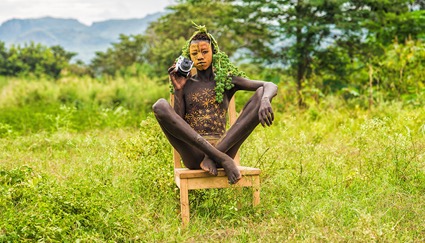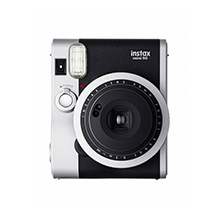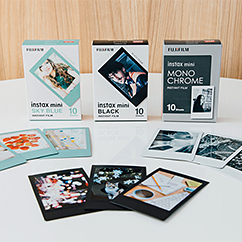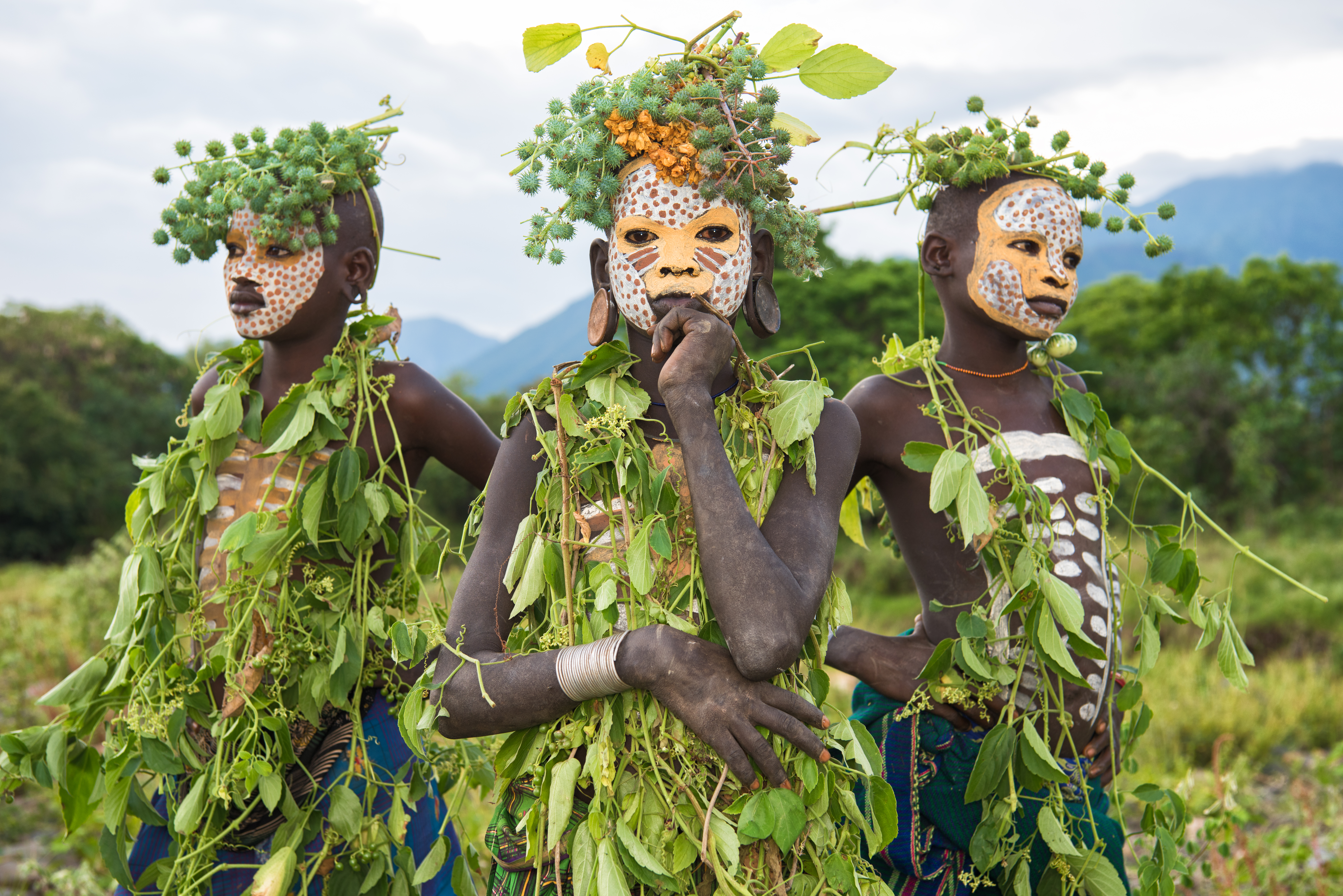
Photos of the SURI with instax
2017.3.31
This shooting with instax was set in Ethiopia to take photos of rarely known ethnic minorities and their towns.

I prefer to take photos of children standing alone and just looking at me, though many people asked me to take a photo of their own. (Kibish, Ethiopia)
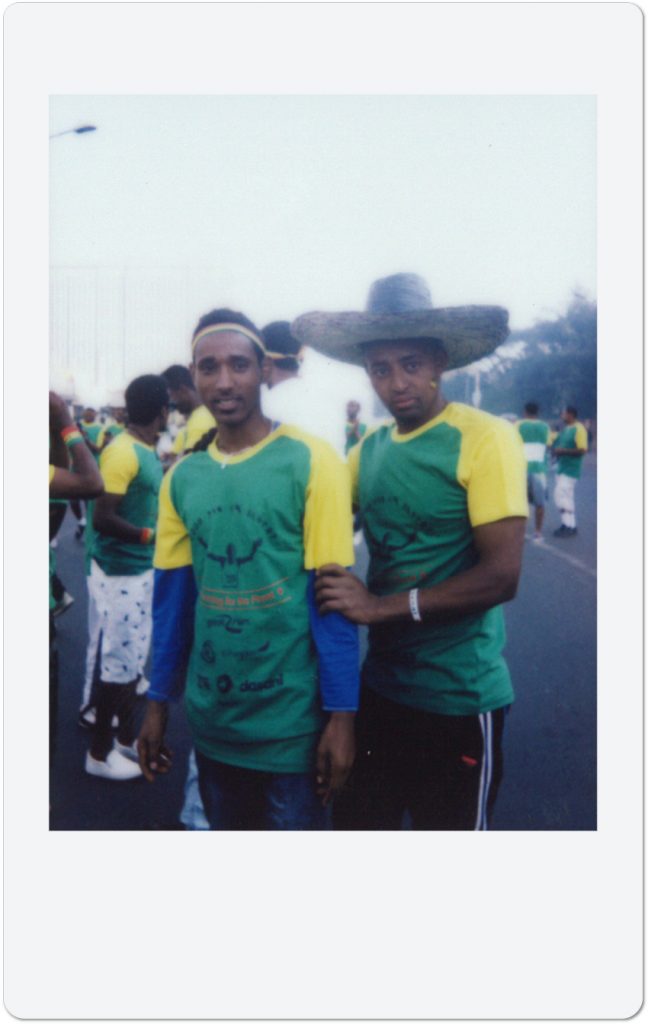
The shooting scene moved to Africa’s biggest marathon competition “Great Ethiopian Run” in Addis Ababa, the capital of Ethiopia. The participants in it must to wear a green and yellow T-shirt to be official runner. (Addis Ababa, Ethiopia)
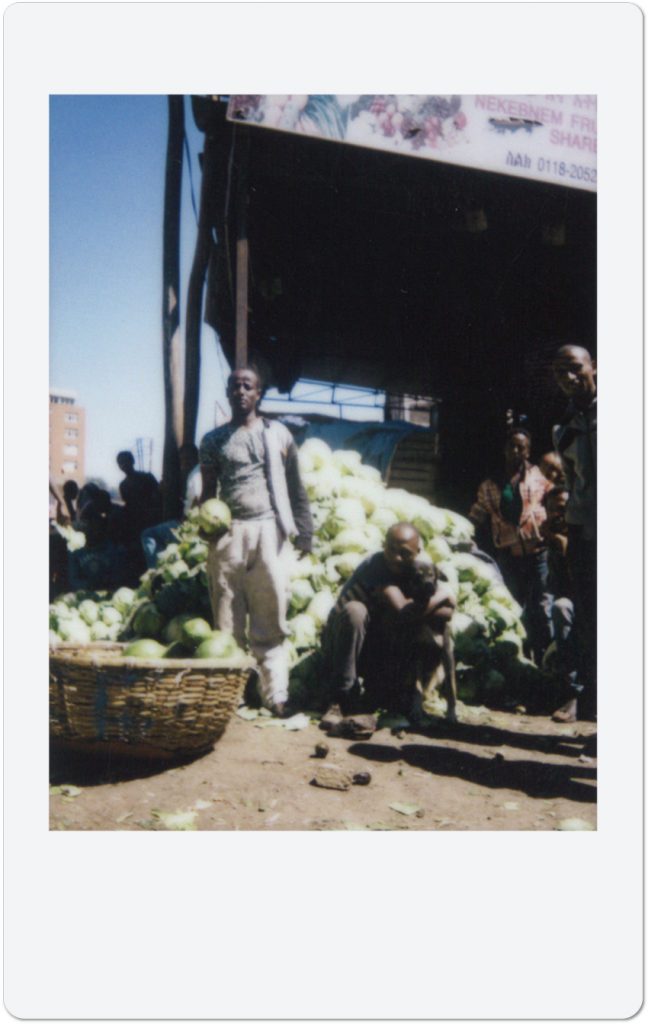
There was a pile of cabbages on the street and a herd of donkeys. Some shopkeepers drove them away misunderstanding that their cabbages would be in the centre in the photo, although the donkeys eating up their cabbages for sale should be the ones! What’s more, people around there gradually gathered to come out in photos. (Addis Ababa, Ethiopia)

Next, I moved to Mek’ele City, in the north part, for another report. The Martyr Memorial Monument to commemorate the win of Tigre people over a tribal warfare was standing there to say welcome. (Mekelle, Ethiopia)
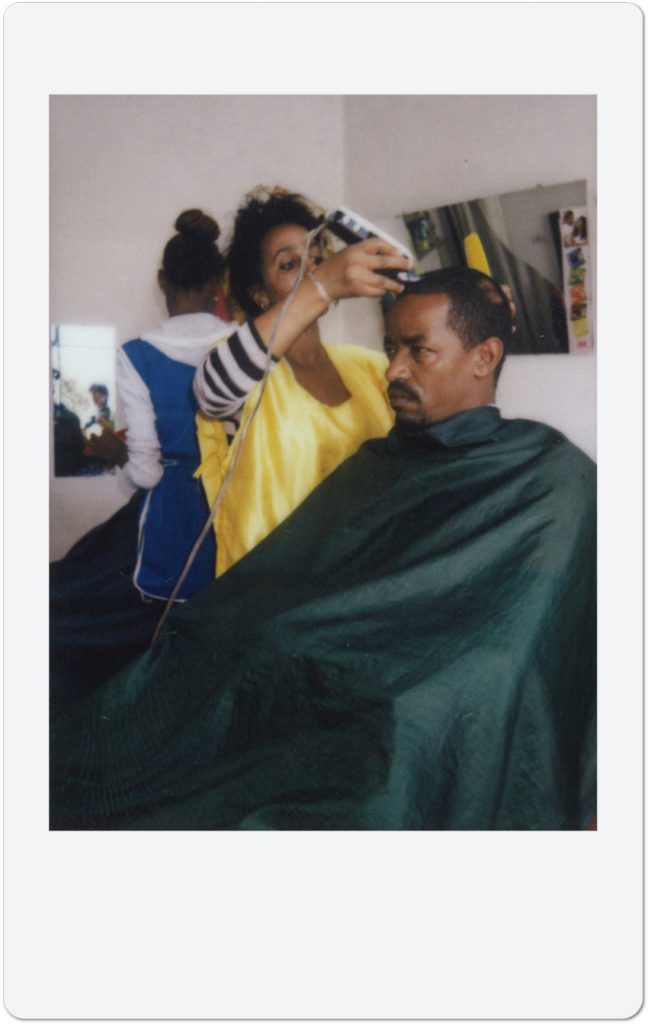
Behind the scene: Found a photo of the local coordinator, Sumsum, having had his hair cut! (Mekelle, Ethiopia)
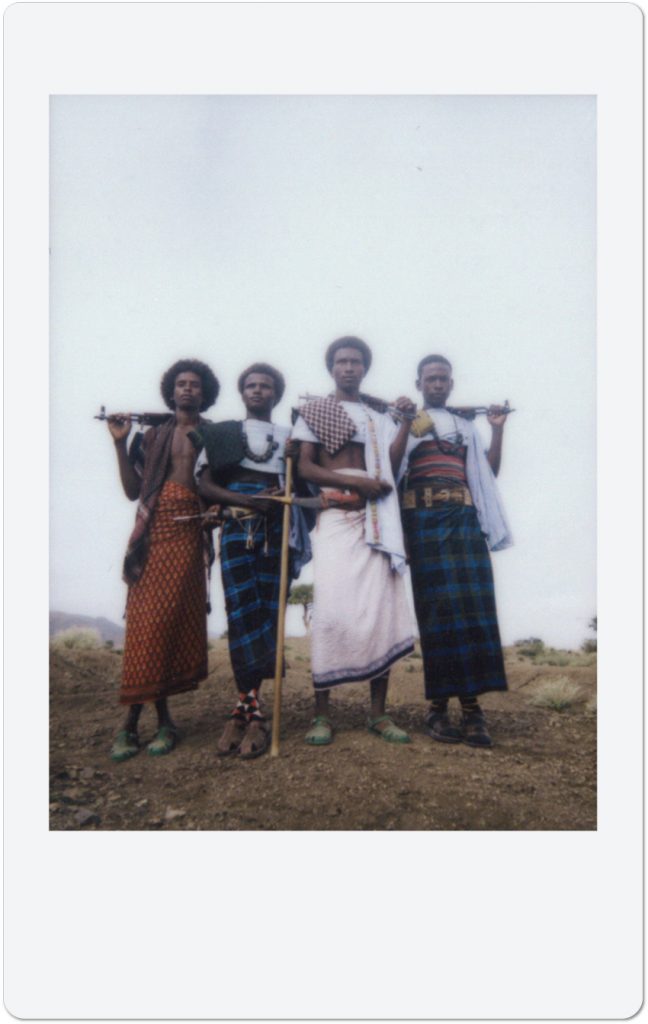
It was the first meeting with the Afar, who had a traditional Afro hairstyle. They were very surprised to see instax and their photos for the first time in their lives, and the chief of the village came out of his house to know what was going on there. (Mekelle, Ethiopia)

Ladies were wearing modern clothes. (Mekelle, Ethiopia)
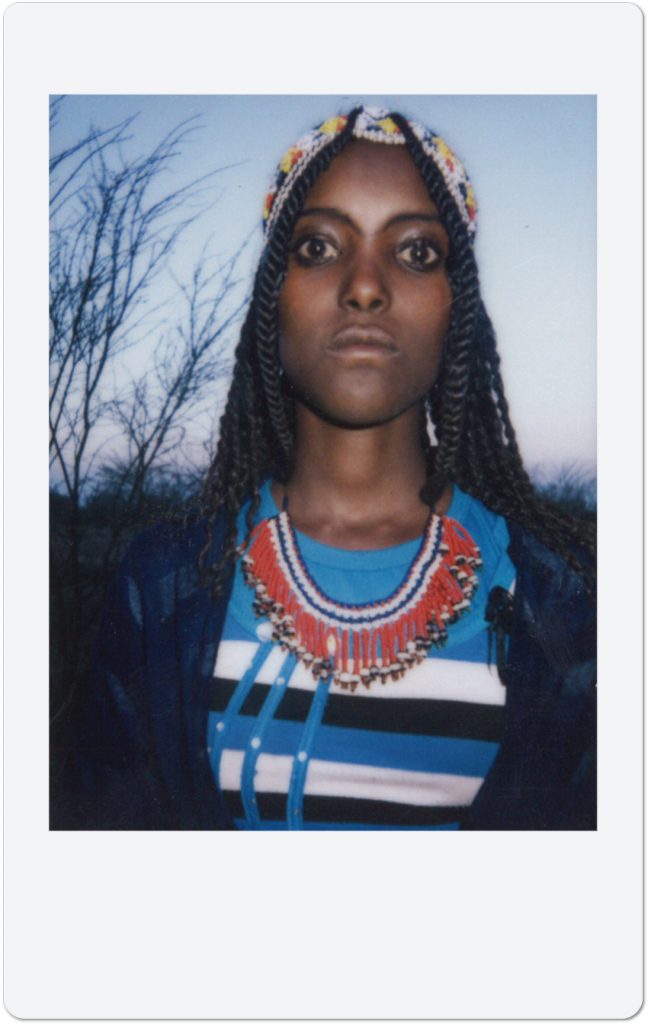
It was typical that Afar women had long hair and exotic hairstyles which were similar to the Arabias, although most of other tribes in Ethiopia had short hair. This woman’s hairstyle was especially unique. (Mekelle, Ethiopia)
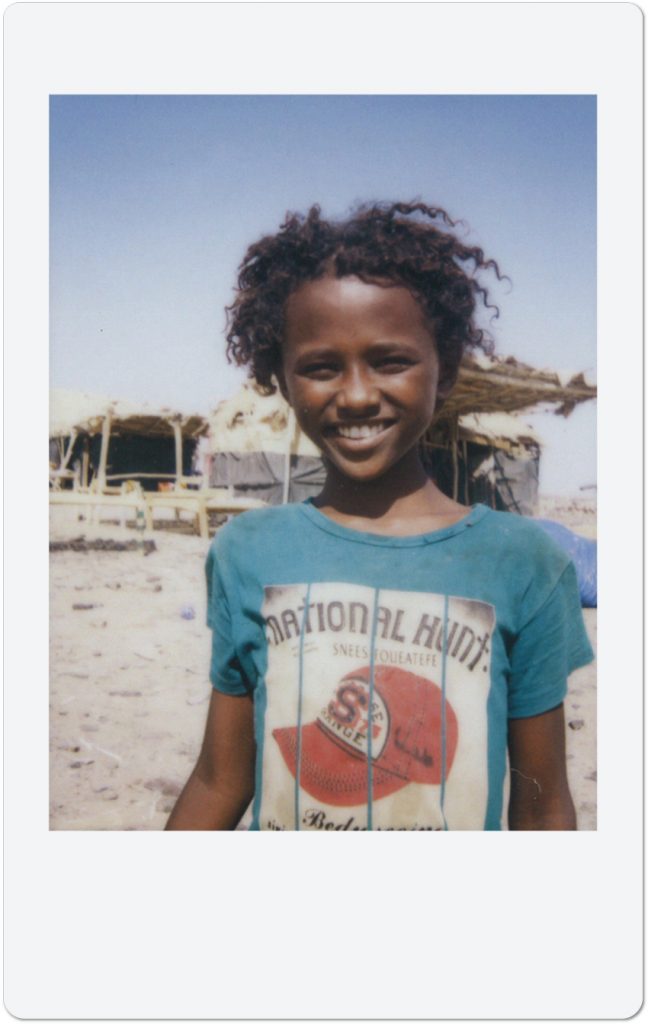
Aisha, a 10-year-old girl from Afar, became one of my best friends in this journey, but she called me “mum” and it gave me quite a shock. (Mekelle, Ethiopia)
Postscript: Comment about the shooting with instax by Nagi Yoshida
In this travel, it was very impressive that instax was so light that it was easy to carry it all the way and the battery lasted really long. In most areas in Africa, people need a lot of time to charge a battery, and what is worse, some areas where those ethnic minorities live don’t have power sources. It is easy to say, but in fact, it is seriously important to have those functions in your camera in virgin or isolated areas.
Furthermore, it was natural for most of these ethnic minority people not to have photos of themselves. They didn’t have a tool to see their pictures, even though many photographers had visited their places and taken their photos. Taking photos with instax made it easy to show them how they came out in the photo at the scene, and it promoted mutual understanding between us. Instax enabled me to show what I was trying to express in a photo to others who don’t even understand the language I spoke. It reminded me the importance of photos as a tool to communicate with those people around the world.
Lastly, this guy stroke a pose when I handed him instax.
photo by nagi yoshida
cheki:instax mini90
location:Ethiopia
photo & comment by Nagi Yoshida
text & edit by Mako Masaya,Yuka Yamane
translate by Shuri Sasaki
Used Products
ページ: 1
2

